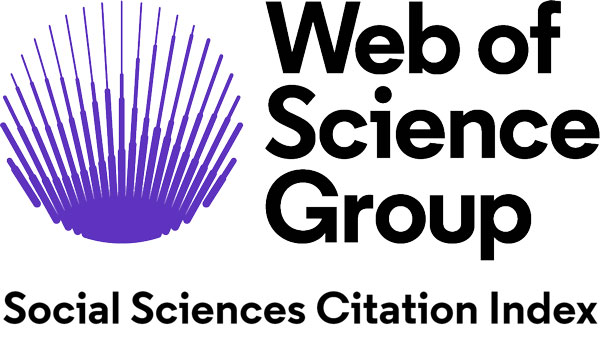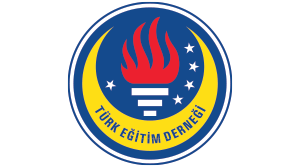Abstract
The 21st century is marked by globalization, the questioning of norms, exponential information growth, and digital technology advancements. During this period, like in other domains, disciplines of visual arts have undergone significant changes in form and content. Individuals experience visual stimuli more frequently due to digital advancements. To navigate this information-rich landscape and foster critical thinking, there exists a growing need for abstract and diverse cognitive skills. In this context, conceptual learning emerges as a viable approach, offering abstract thinking and transferable knowledge to make sense of modern information. This study mainly aims to reveal how the Graphic Design Workshop V course, included in the undergraduate Art and Craft Education Program within the scope of visual arts education, can be conducted based on conceptual learning to develop conceptual thinking. The study adopted an action research methodology and was conducted within the undergraduate level Art and Craft Education Program, specifically focusing on the Graphic Design Workshop V course. Typography, a foundational aspect of graphic design, serves as a focal point for exploring concepts related to memory, culture, language, and aesthetics. The study involved eight participants enrolled in the course. Data collection methods included observations, semi-structured interviews, researcher and participant journals, personal information forms, self-assessment forms, graphic design works, design texts, and validity committee meetings. An inductive approach was utilized to analyze the collected data, which were then categorized into “Conceptual Teaching–Learning Process,” “Reflections of Conceptual Thinking,” and “Conceptual Design Practices and Reflections of the Concept on Design.” The study findings indicated that conducting the undergraduate-level graphic design course through three-dimensional, concept-based teaching is feasible. Students demonstrated the development of conceptual understanding, the ability to establish conceptual connections, synergistic thinking, knowledge transfer, and inquiry skills. Additionally, students exhibited the application and interpretation of their designs within the conceptual framework during design projects. These results were further contextualized through a comparison with existing literature, and recommendations for future practices and studies were provided.
Keywords
Visual arts education, Graphic design education, Conceptual learning, Action research, Pre-service teacher education
DOI: http://dx.doi.org/10.15390/EB.2025.13133







